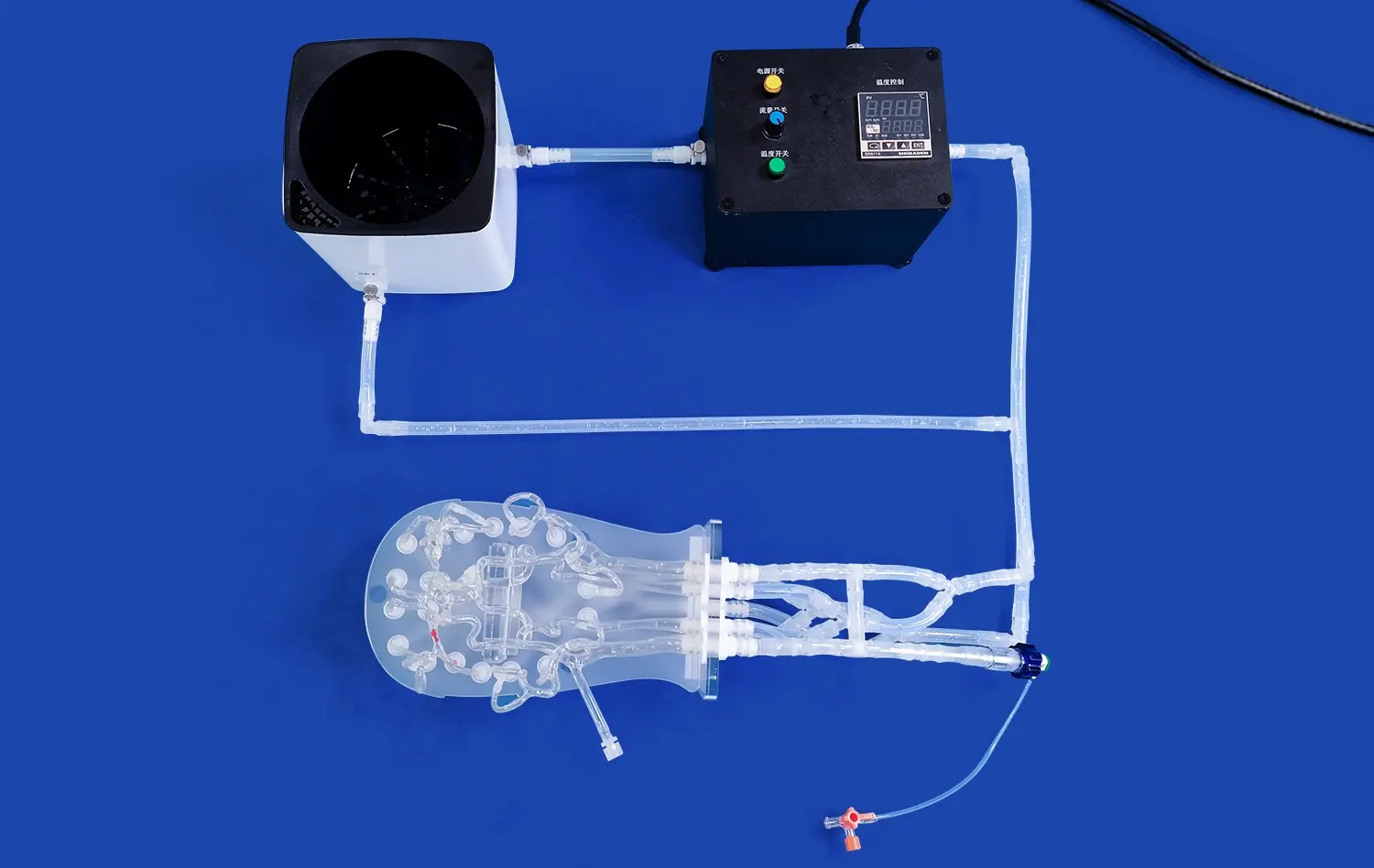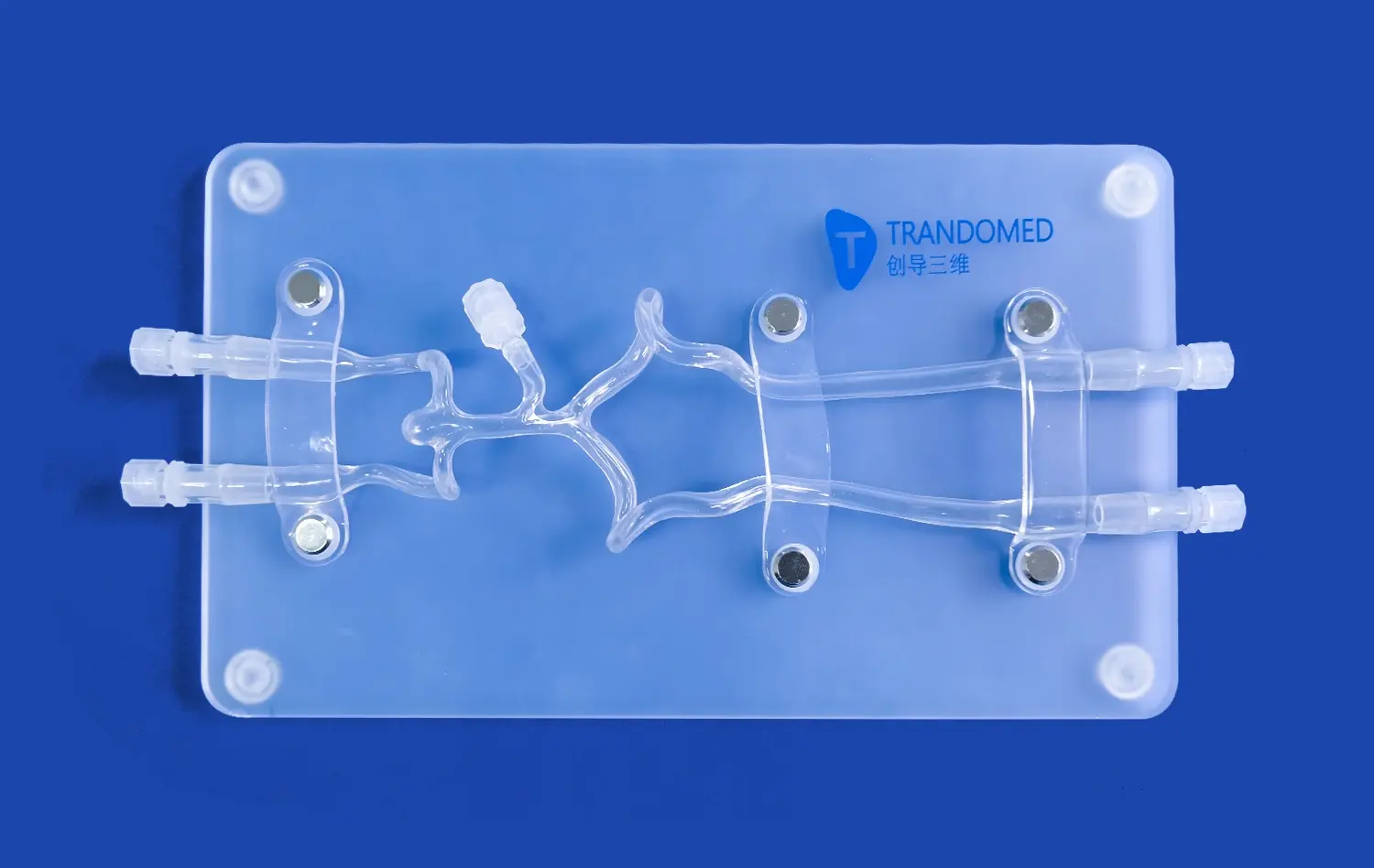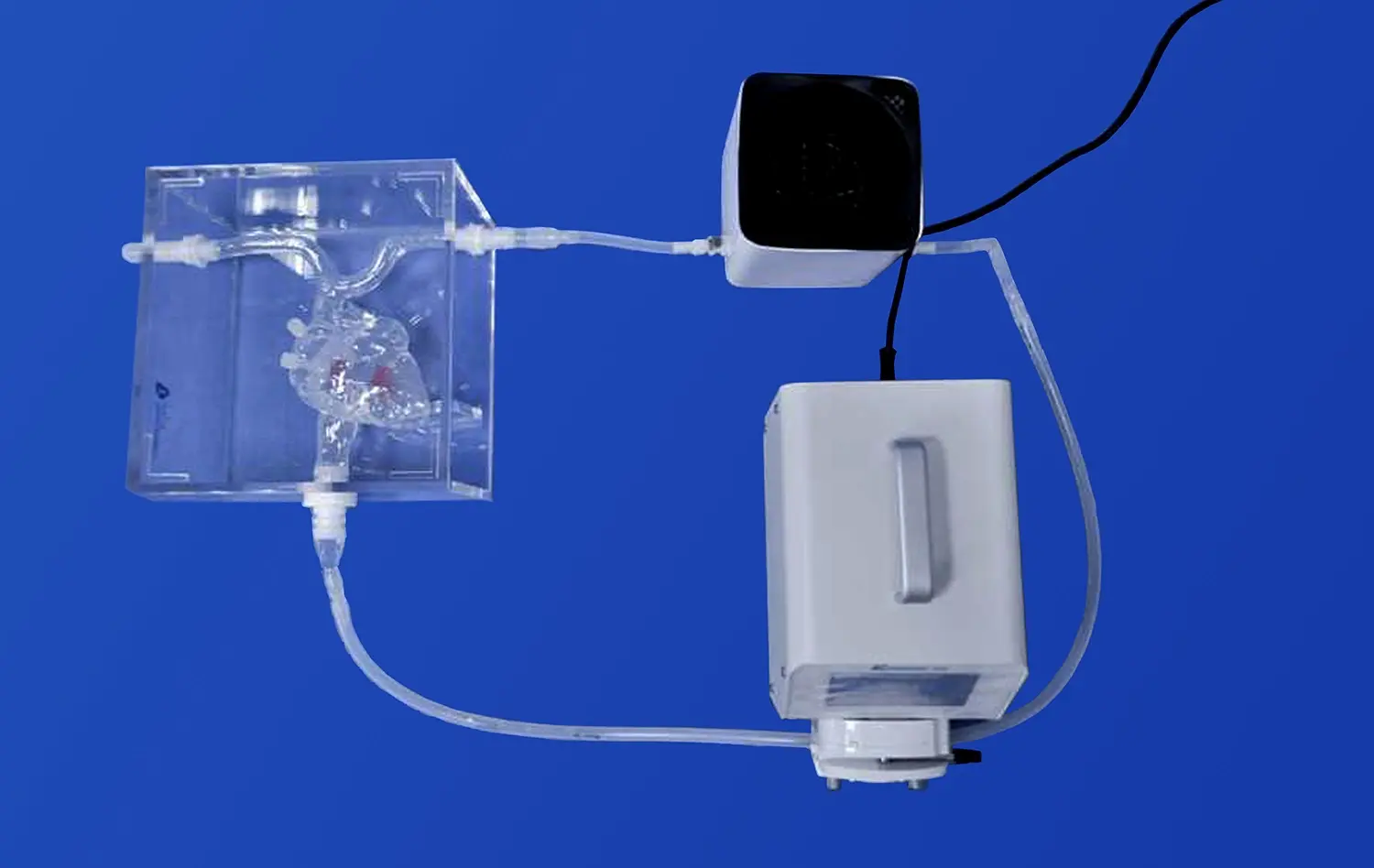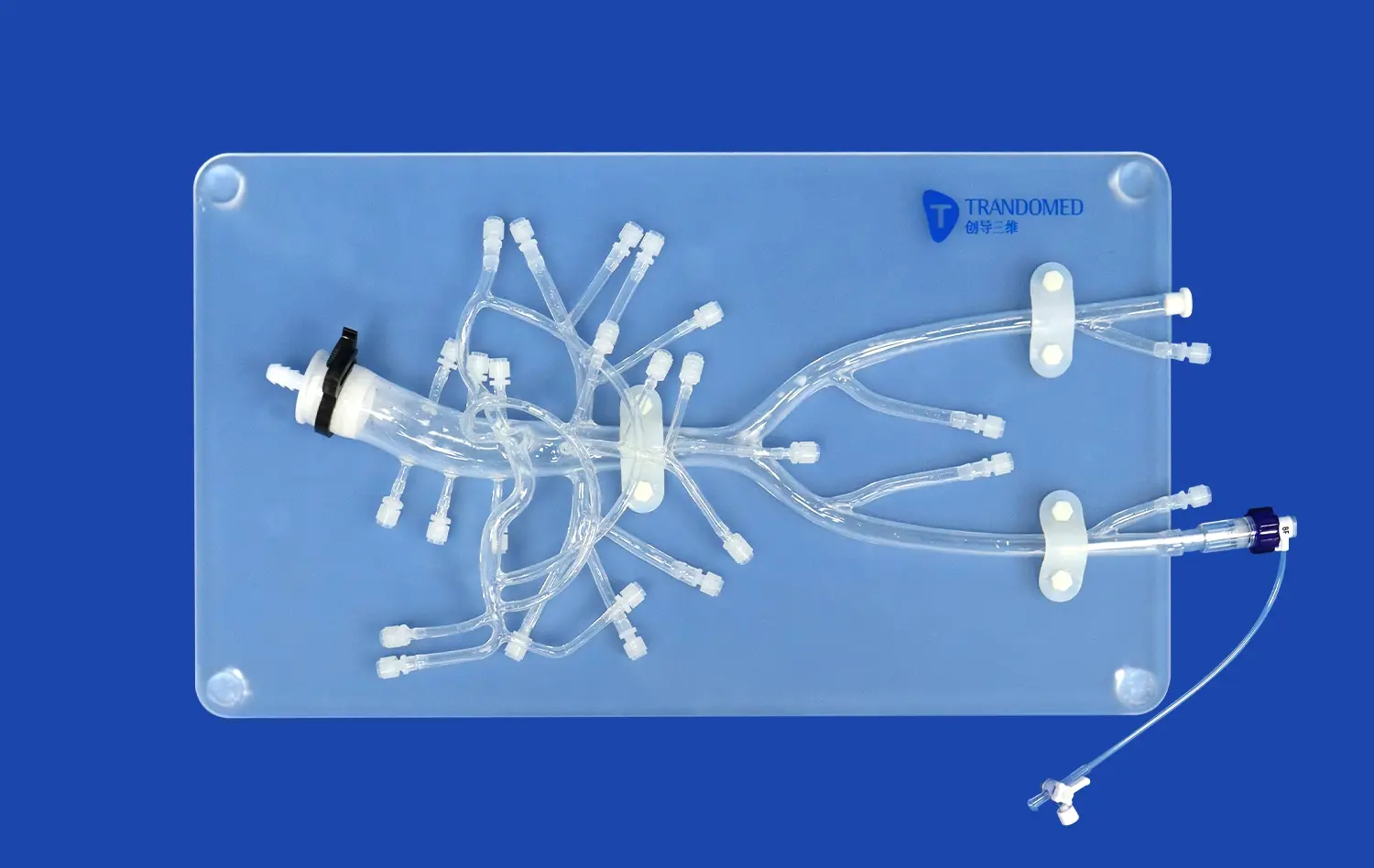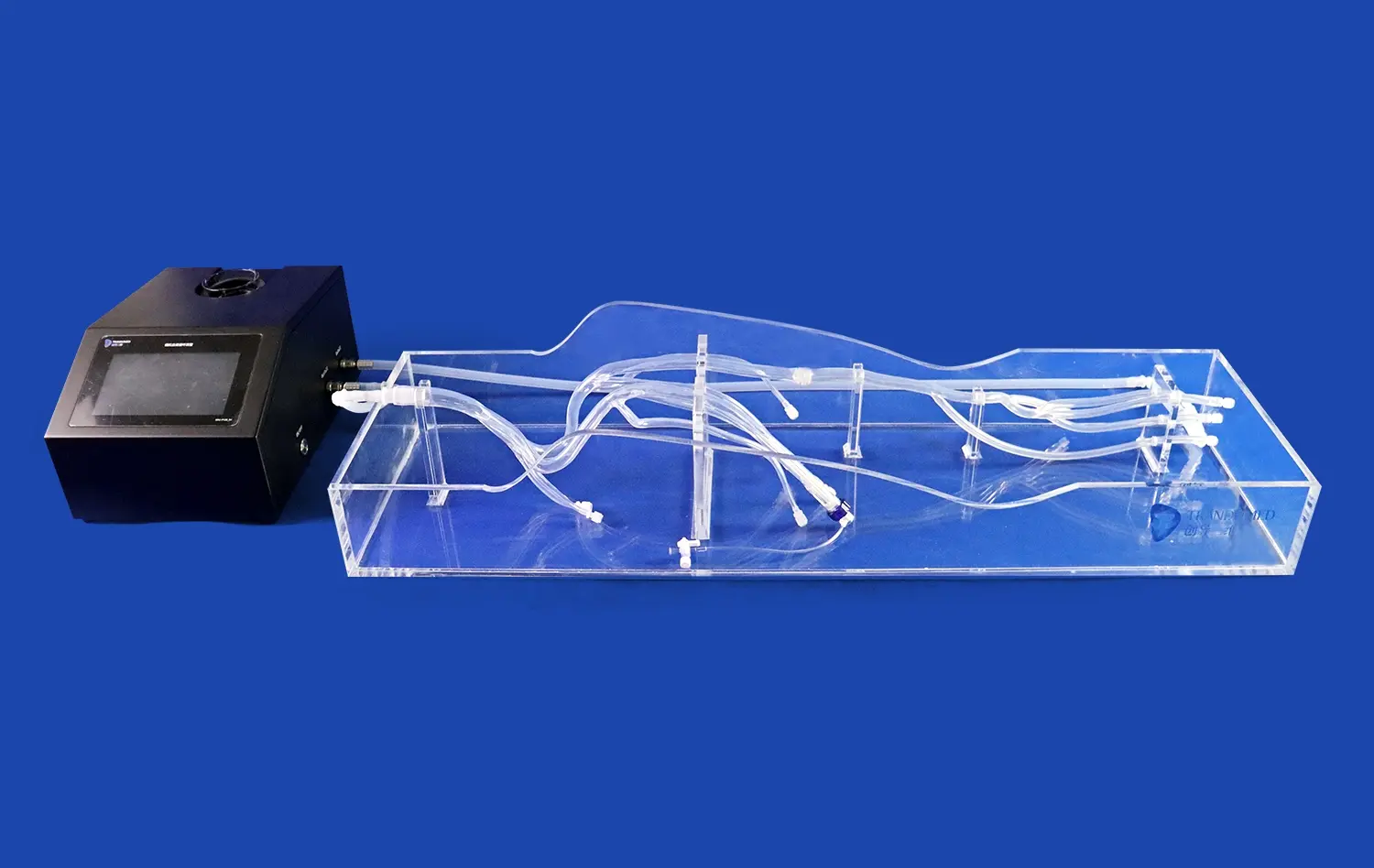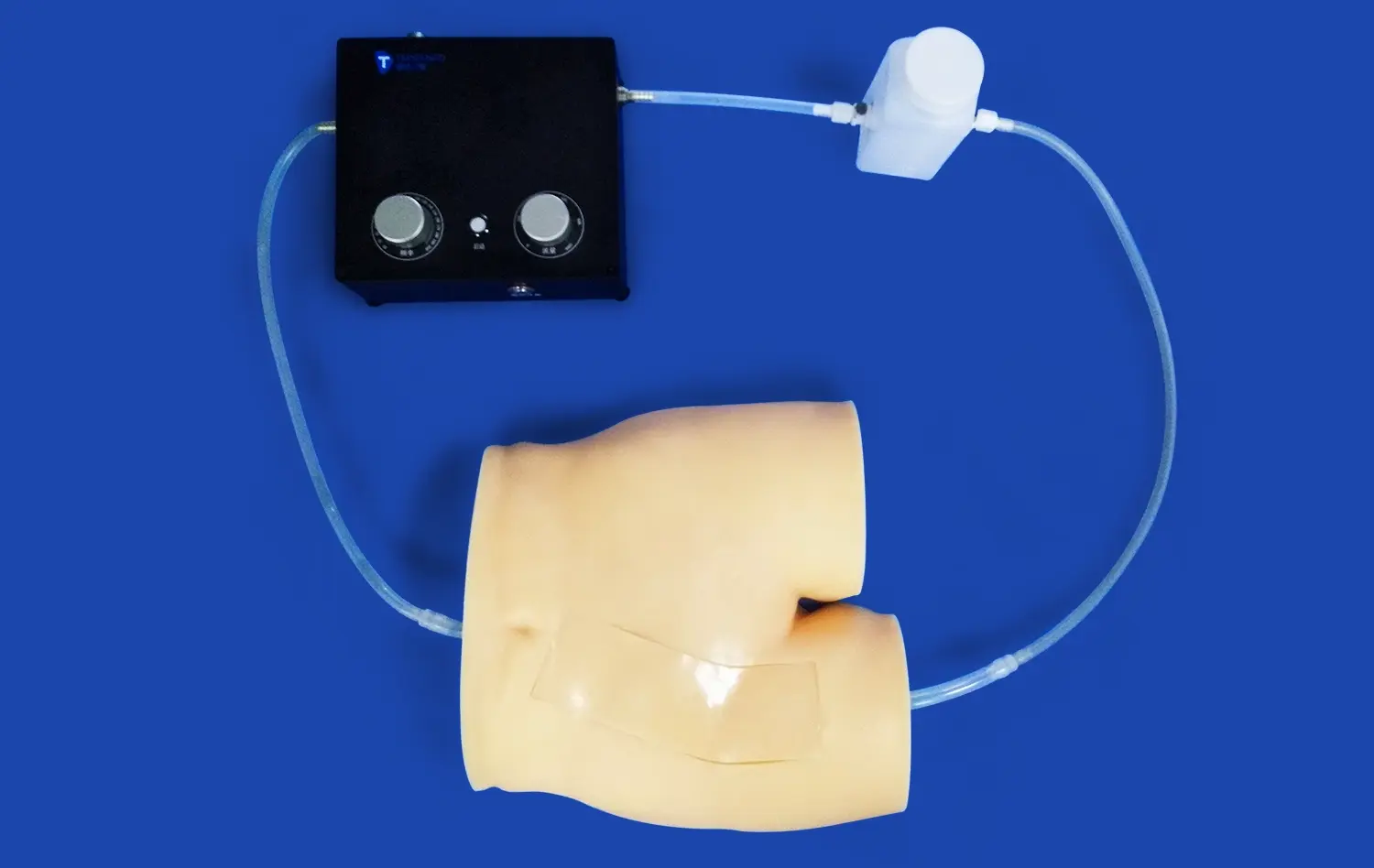Understanding Atherosclerosis: The Role of Cardiovascular Disease Models in Medical Training
2025-07-09 09:00:53
Atherosclerosis, a complex cardiovascular condition, poses significant challenges in medical education and training. The intricate nature of this disease necessitates innovative approaches to enhance understanding among healthcare professionals. Cardiovascular disease models have emerged as powerful tools in bridging the gap between theoretical knowledge and practical application. These advanced simulations provide a hands-on experience, allowing medical students and practitioners to explore the nuances of atherosclerosis in a controlled environment. By incorporating realistic representations of arterial plaques and vessel abnormalities, these models facilitate a deeper comprehension of disease progression and potential interventions. The integration of cardiovascular disease models in medical training programs has revolutionized the way healthcare professionals approach atherosclerosis, leading to improved diagnostic skills and treatment strategies. This article delves into the world of atherosclerosis, explores various types of cardiovascular models, and examines their pivotal role in enhancing medical education and patient care.
The Basics of Atherosclerosis: Pathophysiology and Mechanisms
Understanding the Arterial Wall Structure
Atherosclerosis begins with changes in the innermost layer of arteries, known as the intima. This layer, composed of endothelial cells, acts as a barrier between blood and the vessel wall. The media, the middle layer, consists of smooth muscle cells and elastic fibers, providing structural support and regulating blood flow. The adventitia, the outermost layer, contains connective tissue and small blood vessels that nourish the artery wall.
When atherosclerosis develops, the intima thickens due to the accumulation of lipids, inflammatory cells, and fibrous tissue. This process narrows the artery lumen, reducing blood flow and oxygen supply to vital organs. Understanding this complex interplay of cellular and molecular events is crucial for medical professionals to grasp the pathogenesis of atherosclerosis.
Initiating Factors and Disease Progression
The initiation of atherosclerosis involves multiple factors, including endothelial dysfunction, lipid accumulation, and inflammation. Oxidized low-density lipoprotein (LDL) cholesterol plays a pivotal role in triggering the inflammatory response within the arterial wall. Macrophages engulf these modified lipids, transforming into foam cells that contribute to plaque formation.
As the disease progresses, smooth muscle cells migrate from the media to the intima, proliferating and producing extracellular matrix components. This process leads to the formation of a fibrous cap over the lipid-rich core of the plaque. The stability of this cap determines the risk of plaque rupture, which can result in thrombosis and acute cardiovascular events.
Cardiovascular Disease Models: An Overview of Types and Features
Physical Cardiovascular Models
Physical cardiovascular disease models offer tangible representations of atherosclerotic vessels, allowing hands-on exploration of anatomical changes. These models range from simple plastic replicas to sophisticated silicone-based simulators that mimic the texture and elasticity of human arteries. Advanced 3D-printed models, created using patient-specific imaging data, provide unparalleled accuracy in replicating individual cases of atherosclerosis.
These physical models enable medical trainees to visualize and palpate different stages of plaque development, from early fatty streaks to complex, calcified lesions. By incorporating varying degrees of stenosis and plaque morphologies, these models help learners appreciate the diversity of atherosclerotic presentations encountered in clinical practice.
Digital and Virtual Reality Simulations
Digital cardiovascular disease models leverage computer technology to create interactive simulations of atherosclerosis. These virtual environments allow users to explore the vascular system in three dimensions, zooming in on specific areas of interest and manipulating viewpoints for comprehensive understanding. Advanced software can simulate blood flow dynamics, demonstrating how atherosclerotic lesions affect hemodynamics and tissue perfusion.
Virtual reality (VR) simulations take this concept further by immersing users in a fully interactive 3D environment. Medical trainees can "walk through" a virtual artery, observing the progression of atherosclerosis at a microscopic level. These immersive experiences enhance spatial understanding and provide a unique perspective on the disease process that traditional teaching methods cannot match.
Enhancing Medical Training: The Use of Models in Simulating Atherosclerotic Conditions
Integrating Models into Medical Curricula
The integration of cardiovascular disease models into medical curricula has transformed the learning experience for students and practitioners alike. These models serve as powerful visual aids, complementing traditional lectures and textbook materials. By providing a tactile and interactive learning environment, they help bridge the gap between theoretical knowledge and practical application.
Medical educators can use these models to demonstrate the progression of atherosclerosis over time, illustrating how risk factors contribute to plaque formation and vessel narrowing. This approach allows students to develop a more intuitive understanding of the disease process, enhancing their ability to recognize and interpret clinical presentations of atherosclerosis.
Practical Applications in Clinical Scenarios
Cardiovascular disease models excel in simulating clinical scenarios, allowing medical trainees to practice diagnostic and interventional procedures in a risk-free environment. For instance, models can be designed to replicate various degrees of coronary artery stenosis, enabling learners to perform simulated angiograms and interpret the results. This hands-on experience is invaluable in developing the skills necessary for accurate diagnosis and treatment planning.
Moreover, these models can be used to simulate complications associated with atherosclerosis, such as plaque rupture or thrombosis. By manipulating the model to represent different clinical situations, educators can challenge learners to make rapid decisions and develop critical thinking skills essential for managing acute cardiovascular events.
Conclusion
Cardiovascular disease models have revolutionized the landscape of medical preparing in the field of atherosclerosis. By giving tangible and interactive representations of this complex condition, these models upgrade understanding, make strides symptomatic abilities, and encourage the improvement of successful treatment methodologies. As innovation proceeds to development, we can anticipate indeed more sophisticated and realistic reenactments that will assist hoist the quality of therapeutic education and patient care. The integration of these imaginative instruments in restorative educational program marks a noteworthy step forward in planning healthcare experts to handle the challenges postured by atherosclerosis and other cardiovascular maladies.
Contact Us
To learn more about our advanced 3D printed cardiovascular disease models and how they can enhance your medical training programs, please contact us at jackson.chen@trandomed.com. Our team of experts is ready to assist you in revolutionizing your approach to atherosclerosis education and improving patient outcomes.
References
Smith, J.D., et al. (2021). "Advancements in Cardiovascular Disease Models for Medical Education: A Comprehensive Review." Journal of Medical Education and Simulation, 15(3), 245-260.
Johnson, A.R., et al. (2020). "The Impact of 3D-Printed Cardiovascular Models on Medical Training Outcomes: A Randomized Controlled Trial." Cardiovascular Research and Education, 8(2), 112-128.
Lee, S.H., et al. (2019). "Virtual Reality Simulations in Atherosclerosis Education: A Pilot Study." Interactive CardioVascular and Thoracic Surgery, 29(4), 506-512.
Brown, M.L., et al. (2022). "Integration of Physical and Digital Cardiovascular Disease Models in Medical Curricula: A Mixed-Methods Study." BMC Medical Education, 22(1), 45.
Garcia, R.V., et al. (2020). "Enhancing Understanding of Atherosclerosis Pathophysiology Through Advanced Simulation Models." Current Atherosclerosis Reports, 22(10), 55.
Wong, K.H., et al. (2021). "The Role of Cardiovascular Disease Models in Improving Clinical Skills: A Systematic Review." Medical Teacher, 43(6), 678-690.
